Nuremberg
The Roman poet Juvenalis (65-128) once said, if you want to win the sympathies and favors of the people, you should offer them bread and spectacles. One such bread and spectacle manifestation was the week-long annual party days in Nuremberg. This was a gigantic spectacle and a powerful demonstration of power with hundreds of thousands of participants/visitors acting as extras when state and party were linked together into an inseparable entity. Here in the monumental strict geometric scenography, people were deprived of their value when the Nazis self-glorified themselves with Hitler as the main role-holder where the other bigwigs kindly had to accept supporting roles. The constant marching of the meetings where unit after unit defiling past Hitler aimed to demonstrate their own strength. Outwardly it would arouse terror and admiration, and inwardly it evoked a sense of community and cohesion.
The First day of the party was held already in January 1923 in Munich and in september the same year another one was held in Nuremberg. Thereafter, for a few years, no Party days was held due to the failed coup by the Nazis in November 1923. But in 1926 a third was held in Weimar and in 1927 a fourth was held in Nuremberg. These earlier Party days cannot be equated with those held in September each year between 1933 and 1938. The days of the twenties were not nearly as spectacular and extensive as those of the thirties that lasted up to a week. The Nazis saw Nuremberg as a city where the German national tradition was deeply rooted and created a myth about the city’s national importance and origin. In medieval times, when present-day Germany was part of the German-Roman empire, it consisted of several duchies and other autonomous areas and Nuremberg became a central city from medieval times onwards. Therefore, the Nazis chosed to place the Party days in Nuremberg when the city was considered to symbolize everything that Germany stood for.
The Party days attracted up to 1,000,000 visitors and for this the Nazis planned to build seven large facilities where the masses gathered to manifest Nazism. These seven were Zeppeliner Feld (seat for 300,000 people), Luitpold Hain (150,000), Congress hall, Marzfeld, Stadion der Hitlerjugend, Die Grosse Strasse and Die Deutsche Stadion (German Stadium). The projects were completed to varying degrees, the only project that did not even start was, Die Deutsche Stadion, with seating for 420,000 spectators. At Luitpold Hain there was a memorial for the victims of the First World War and around this, another project with a capacity of about 150,000 people was built. A large congress hall was also built with a capacity of 60,000 people, but it was only partially completed. Between Zeppeliner Feld and the planned German stadium, a gigantic street with about 60,000 granite slabs was built. At one end of the street, a huge marching field was supposed to be built, with room for over half a million people. The assignment to design, build and modify the facilities was given to Albert Speer. Only the Congress Hall was designed by another architect. In connection with the outbreak of war, all work and projects was suspended.
Each year had its special theme. In 1933 the Party days were called Reichsparteitag des Siegens (Party days of Victory) and was a tribute and manifestation to the Nazi takeover in the same year. There was also a propaganda film about these Party days called, Der Sieg des Glaubens, but that film would disappear after the night of the long knives in June 1934 when Hitler had the leadership of SA purged out. The SA had played a central role in Der Sieg des Glaubens and when they were no longer a power factor within the Nazi party, it was not appropriate for it to be officially shown. In 1934 the Party days were called Reichsparteitag des Willens (Triumph of the Will). During these Party days, the more famous film, Triumph of Will, was filmed. The film was directed by Leni Riefenstahl, who also filmed Der Sieg des Glaubens. She is best known for the Triumph of Will and the film Olympia (two parts) about the Berlin Olympics in 1936.
The Triumph of will is an over two hour long self-aggrandizing film adaptation of Nazism with Hitler in its absolute center. The film has been classified as the most dangerous propaganda film ever filmed The film is carefully planned and it is no coincidence that the film’s introduction has a religious parable where Hitler, like a Messiah, descends from heaven in an airplane to save Germany. Then he defiles majestically standing by car past the people on the streets of Nuremberg and receives their tributes. Otherwise, the film consists mostly of a constant marching to Wagner’s music interspersed with politically charged speeches and tributes to the dead. In addition to the political message, there is also an aesthetic value in the film that was considered innovative. Riefenstahl’s film technology has been used by later directors in several films. Riefenstahl claimed throughout her lifetime that the Triumph of will was an aesthetic film in which she expressed her artistic talent without the influence of Hitler. Riefenstahl certainly had great freedoms when it came to the design of the film, but it is hardly likely that Hitler let her make a film that did not correspond to his own ambitions. The Triumph of will may be an artistic film, but in this work of art there is a clear political message difficult to hide.
In 1935, the days were called Reichsparteitag der Freiheit (Party days of freedom). Here the theme was the national liberation of Germany. The army was not too pleased with the marginal role they had been given in the Triumph of Will. Earlier that year, after Hindenburg’s death in August 1934, they had sworn a personal oath of allegiance to Hitler. Therefore, they had expected a more central role in the film. To compensate for this, Hitler commissioned Riefenstahl to record a film that exclusively glorified and praised the military. This movie was named, Der tag for freiheit – unser Wehrmacht. The Wehrmacht had absorbed former Reichswehr and the fact that the Wehrmacht came into focus during these days also had to do with the reintroduction of the general conscription in March 1935. It was also during the 1935 Party days that the infamous Nuremberg laws were proclaimed that isolated Jews politically, legally and socially. In 1936, the theme was the restoration of the German honor and was called the Reichsparteitag der Ehre (Party days of honoring).
In 1937, focus was on labor and therefore called the Reichsparteitag der Arbeit (Party days of Labor). In 1938, the last days of the party were arranged and Austria’s accession to Germany was celebrated under the name Reichsparteitag Grossdeutschland (Party days of the Greater Germany). Everything was also ready to kick off the Party days in 1939 when the outbreak of war had the days cancelled. Ironically, the theme and name of the 1939 Party days was the Reichsparteitag des Friedens (Party days of peace). Many of the ceremonies and manifestations arranged by the Nazis took place at night when the visual effects were better than in daylight, the Party days in Nuremberg were no exception. With the help of enormous light cathedrals a spectacle was created that was not possible to create during daylight by the technical means of the time.
Current status: Partly preserved/demolished with museum (2014).
Address: Bayernstrasse 110, 90478 Nürnberg.
Get there: Commuter train to Dutzendteich Bahnhof Station.
Follow up in books: Burden, Hamilton T: The Nuremberg party rallies, 1923-39 (1967).
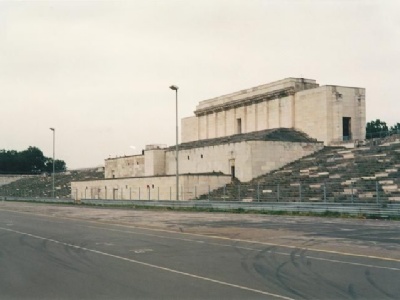
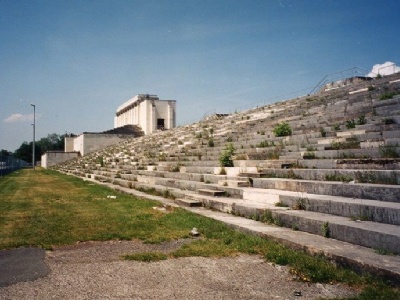

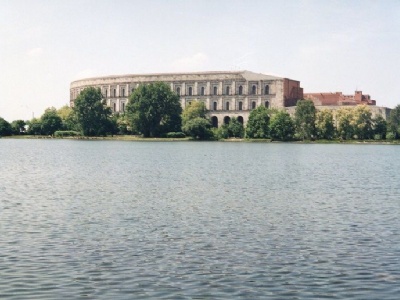
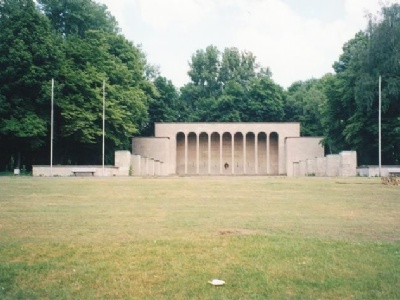
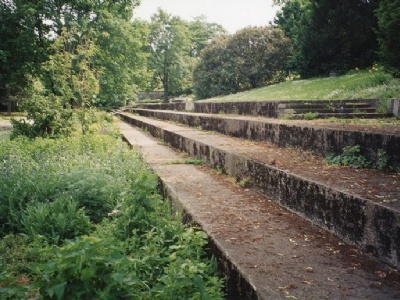
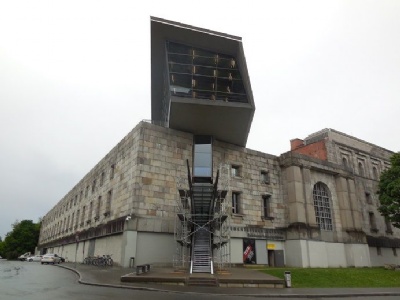
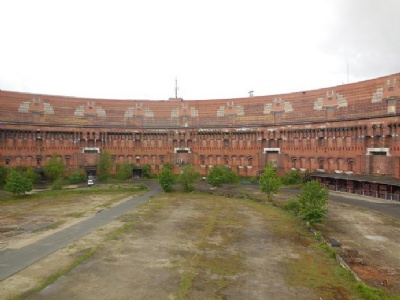

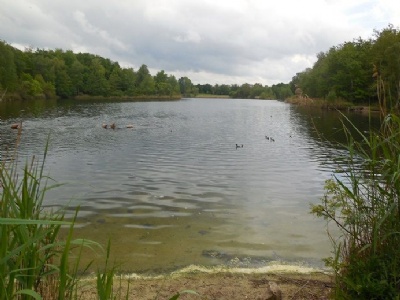

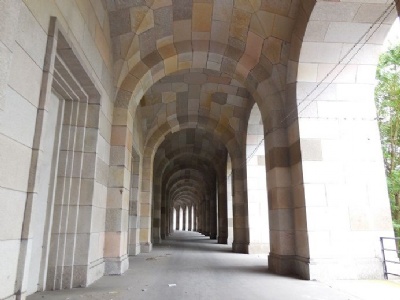
After the war, all Nazi symbols were destroyed or removed, but unlike other places in Germany where Nazism and Hitler were worshiped and praised, the buildings were kept. But several of the facilities in Nuremberg, in particular Zeppeliner Feld, are in great need of renovation if they are to be preserved for posterity. How this is financed remains an open question. In the unfinished Congress hall, a museum has been established.
Albert Speer has become the most famous architect of the Third Reich. This is partly because he was commissioned by Hitler to draw and build several of the Nazis’ major projects and partly because his published memoirs (Memoirs – Third Reich from within) he wrote while serving prison sentence. But Speer was by no means the only architect Hitler valued. Prior to Speers’ prominent role, Paul Ludwig Troost was Hitler’s favorite architect. Troost renovated and expanded the Old Reich Chancellery in Berlin and designed Haus der kunst in Munich, the last, however, was never completed before he died in 1934. After Troost’s death, Speer took his place. Hermann Giesler was another architect that Hitler appreciated alongside Speer. Giesler was commissioned by Hitler to design and plan the rebuilding of both Munich and Linz.